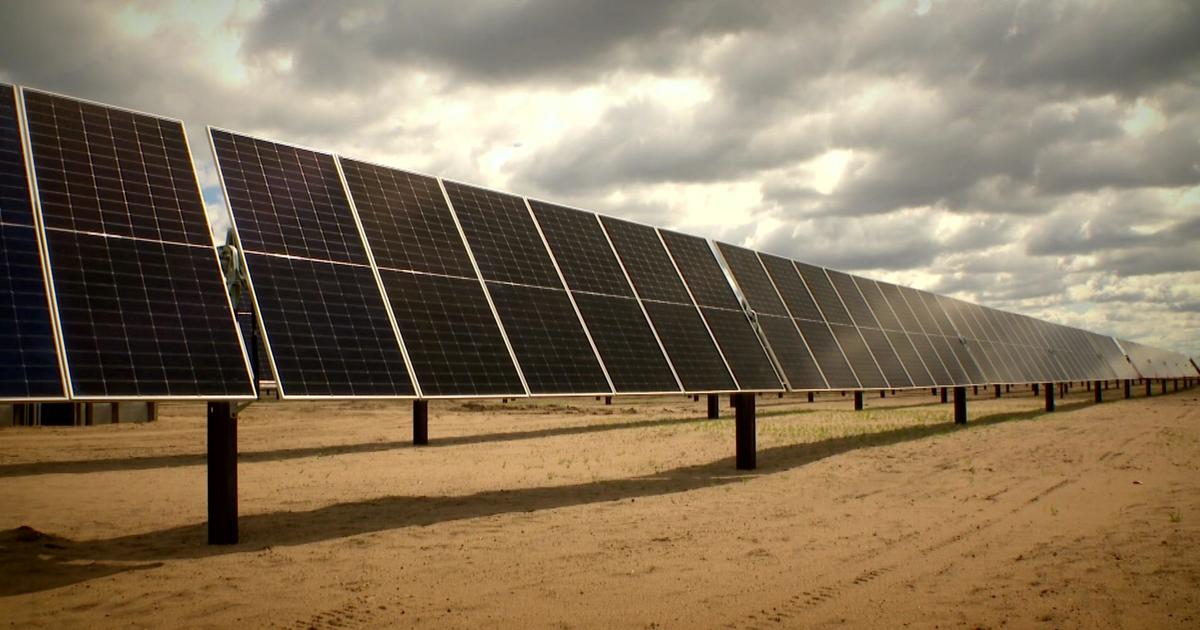As EPA announces new PFAS standards, east metro communities still working to decontaminate
LAKE ELMO, Minn. -- The EPA announced today it wants to lower harmful chemicals in our drinking water, focusing specifically on PFAS, also known as "forever chemicals." They're stubborn toxic synthetic chemicals that once in the environment are hard to remove
PFAS are in everything from cosmetics to cookware. The EPA has several steps to take before new limits will go into effect, but several communities in Minnesota are already living with the impact of the forever chemicals. In 2018, the state settled with 3M for $850 million over its alleged damage to drinking water in the east metro.
RELATED: EPA proposes standards to make drinking water safer from PFAS
Jeff Holtz and his family moved to Lake Elmo, and then learned about the PFAS contamination in the drinking water.
"Lake Elmo is the epicenter, but it's impacting tens of thousands of families through no fault of their own," Holtz said.
He remembers the initial questions and concerns, and can understand what new communities are going through.
"You have that worry in the back of your mind of what is going on, what are the risks, do we need to do something ourselves," he said.
Holtz became part of a work group that learned more about the forever chemicals and decided where 3M settlement dollars would go to mitigate the pollution, and to improve the drinking water. He's now a city council member.
He says that the ways to remedy the situation cost money, and the work includes taking wells offline, installing new pipes to connect to water systems, adding filters, and more. With the water tested every quarter, he says information for communities is paramount.
The state is testing a way to remove and reduce PFAS from the environment at Tablyn Park in Lake Elmo, using a trailer referred to as a "SAFF." It's made in Australia, and is one of only a handful in the country, says MPCA hydrogeologist Rebecca Higgins. It uses air, and just air, to remove PFAS from water, pulling in water through exterior pipes into a set of drums inside.
The PFAS starts rising to the top and it starts foaming in the top area. It then gets sucked out and contained.
Engineers are fine tuning the right levels to get the best response.
"We want to protect human health and the environment to the degree we possibly can, to the degree the technology is capable of, to the degree that's reasonable," Higgins said.
Holtz says he's optimistic the steps agencies are taking is protecting people.
"Residents deserve clean water. It is their right and families depend upon it, businesses depend upon it, schools, hospitals," Holtz said.
While his water is safe now, Holtz knows health guidelines can change based on new information, potentially changing how his community responds and if others will feel the impact of PFAS.
"There's always the level of concern of what will the science say tomorrow. Where will the plume be moving to tomorrow? It's a balancing act of vigilance, with trying to stay informed," he said.
The state's pollution control agency rolled out a plan to track the chemicals around nearly 400 facilities, and the Minnesota Department of Health has started testing for PFAS in water systems.
Click here to find an interactive dashboard where you can check on your own community.




